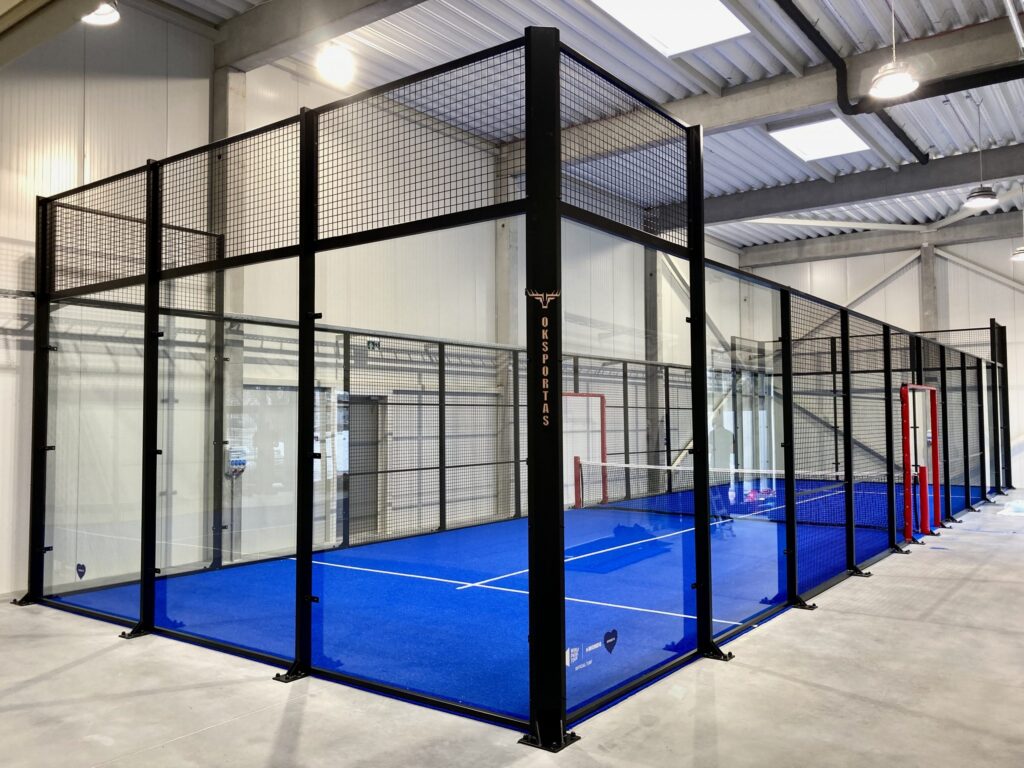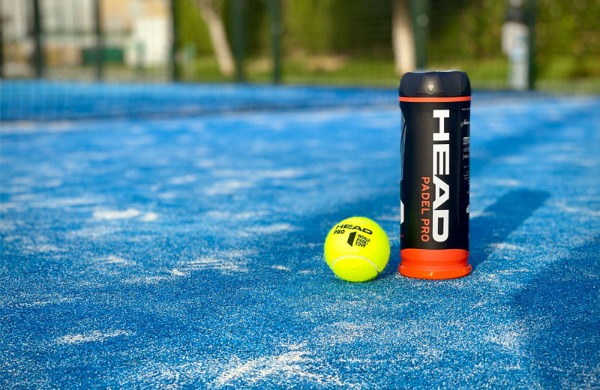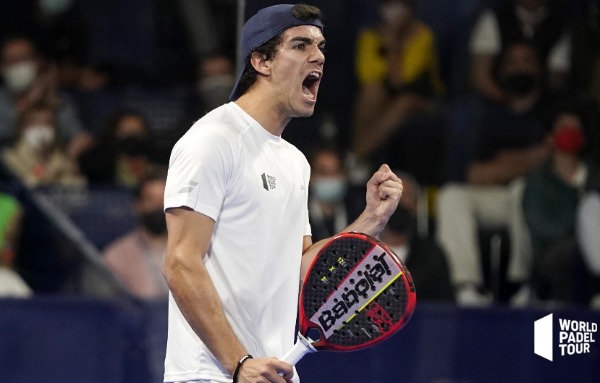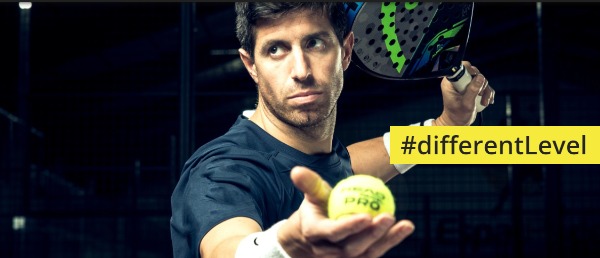WHERE PADEL ORIGINATED
Although some historians point out that back in the 1890s the crew members of English ships played a racket sport somewhat like padel, in an enclosed field to distract themselves during the long voyages, the vast majority agree that modern padel, as we know it, was born in the city of Acapulco, in the state of Guerrero, in 1969.
The origin of this sport, like many other great discoveries in history, was completely by chance.
Enrique Corcuera, considered the creator of padel, had a small garden in his house that was not big enough to be able to set up a tennis court, which is what he would have wanted. So, taking advantage of the fact that he had two walls facing each other on his property, he put a net in the middle. And it was later, annoyed that the balls would run away from him, and he would have to fetch them, that he ended up adding lower walls on the sides so that they would not “escape” and also so that the vegetation would not invade the court. After this, Enrique and his friends quickly realised that they could continue playing after the ball bounced off the walls, and so, in this casual way, padel as we know it today, was born.
PADEL COURTS..WALL OR GLASS?
Courts, in the beginning, were all made of walls. There were no glass courts.
Glass came about in Argentina, when the professional circuit started to have a bigger following and so that spectators could watch the matches from the outside.
In Spain, until the year 2000, the vast majority of the courts that existed were wall courts. Even on the professional circuit, they played matches on wall courts until relatively recently. In fact, Juan Martín Díaz and Fernando Belasteguín lost their unbeaten streak of 1 year and 9 months in a Padel Pro Tour tournament in 2007 on a wall court against Cristian Gutiérrez and Seba Nerone.
Also, at this time, it was normal to find padel courts with cement or “quick” tennis courts. But soon there was a change to artificial grass as a playing surface.
Wall courts are slower than glass courts, as the glass offers a faster rebound.
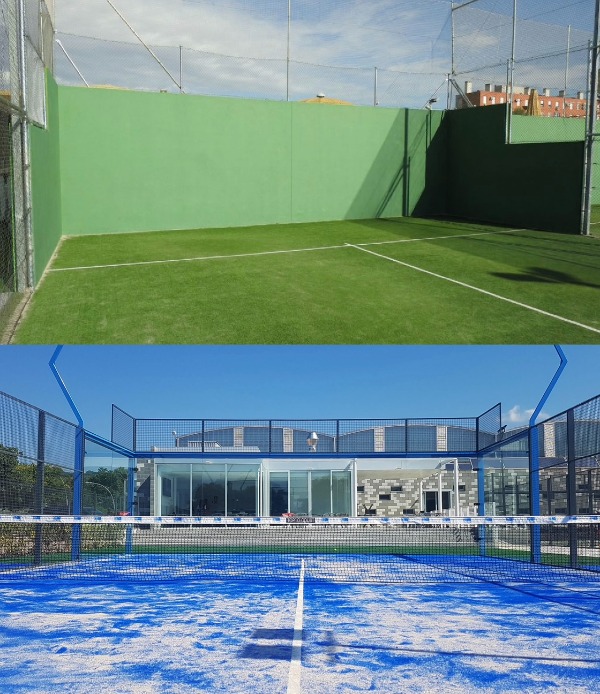

INDIVIDUAL PADEL EXISTS
Officially, padel is a sport to play in pairs. However, singles also exists.
Although 90% or more of the padel courts that exist are doubles courts, there are single padel courts in some clubs or centres. These courts, although they have the same length of 20 metres, are a little narrower than the official ones, they are 6 metres wide instead of 10.
Obviously, they don’t use these courts for official competitions, but they are fine for training or for playing one on one.
PADEL IS NOT YET AN OLYMPIC SPORT
Although padel is not yet an Olympic sport, there are more and more calls for it to become one.
Currently, padel is played in 57 countries around the world and, to become an Olympic sport, it must be played in at least 75 countries and four continents for the men’s category, and in 40 countries and three continents for the women’s category.
According to some experts, it is possible that padel could become an Olympic sport for the 2032 Olympic Games. Let’s hope so!
THE FIRST PADEL BATS/RACKETS WERE MADE OF..
In the beginning, all bats were made entirely of wood. This obviously made them much stiffer and heavier than the current ones, not to mention that playing was more uncomfortable, and it was much easier to suffer injuries.
Later, they began to evolve and to take into account the needs of the player. Thus, in 1989, the Sane brand was the first to incorporate soft materials in its rackets. In fact, the name of the brand was an acronym: ”sistema antivibratorio de núcleo elástico” which translated means -Elastic Core Anti-Vibration System.
THE ORIGIN OF THE ”PADEL” WORD
The word “pádel” is an adaptation into Spanish of the English word “paddle”, which means paddle or racket.
The Royal Spanish Academy (RAE) in the 23rd edition added the term .
The definition it gives us is the following: “A ball game between four walls, in which the ball is hit with a short-handled paddle”.
THE OLDEST PLAYER
Gonzalo Cunqueiro is considered the oldest person to have ever played.
In 2010, Gonzalo was 92 years old when he entered a padel court with a stick in one hand and a padel racket in the other.
This fact further reinforces the claim the you can play padel at any age, and that it is not necessary to be in outstanding physical shape.
PADEL BALLS VS TENIS BALLS
Although at first glance they look identical, the reality is that they are not.
Padel balls can be up to 1 millimetre bigger and weigh 1 gram more than tennis balls. But their biggest difference is in their pressure. Padel balls have less pressure than tennis balls, so they will bounce less.
GOING OUT OF THE COURT
Without a doubt, seeing a player fly off the court to return or even win the point is one of the most spectacular moves that we see in our sport.
However, this move is something relatively recent. This is because until not so many years ago, most courts had side fences at a height of 4 metres and not at 3 metres, which is how it is today. In addition, there was also less space between courts, the gates of the courts were much narrower and did not have protections as they do now. Consequently, it was more difficult to get a ball out of the side and go outside to return it.
The “Magician” Sanz is considered to be the first player to go outside the court to return a ball, and he himself has said that “Back then, going outside the court to return a ball was almost a feat”. Interestingly, Alejandro Sanz also invented the “dormilona” shot.
THE FIRST SPANISH NUMBER ONE
*Cadiz native Juan Lebrón was the first Spaniard to reach the world number 1 ranking. Lebron achieved this milestone in 2019, after signing an absolutely epic season, along with his partner Paquito Navarro. The pairing won five tournaments: Alicante, Jaen, Valladolid, Bastad and Sao Paulo. In the latter, after qualifying for the final, Juan Lebron became the first Spanish-born World Padel Tour number 1.
THE FIRST WORLD PADEL CHAMPIONSHP
The first edition of the World Padel Championships was held in Spain. It was held to coincide with the 1992 Universal Exposition in Seville. It also had a second parallel venue: the Club de Golf La Moraleja de Alcobendas, in Madrid.
Since then, the world championship has taken place in Argentina, France, Portugal, Canada, Mexico and Paraguay, in addition to Palma, Murcia and again in Madrid.
READ MORE ON PADEL: HERE
TO LEARN FROM THE PROS AND REACH A #DIFFERENTLEVEL: HERE
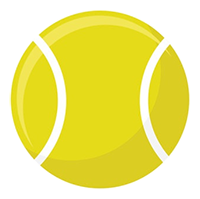 Upgrade now
Upgrade now





